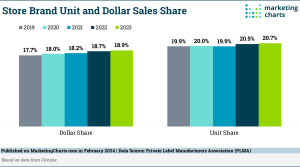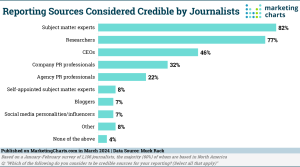 Headline figures for movie budgets typically center around production costs, but film studios spend substantially on marketing, with an average of $27.4 million to market a release. The majority of that money is spent on one channel in particular — television. This is according to a Neustar study [download page] of 70 movies released in 2016.
Headline figures for movie budgets typically center around production costs, but film studios spend substantially on marketing, with an average of $27.4 million to market a release. The majority of that money is spent on one channel in particular — television. This is according to a Neustar study [download page] of 70 movies released in 2016.
However, while TV is receiving some 82% of marketing spend, digital channels are responsible for a larger proportion of box office revenue than comes from TV. Facebook media, online video and online display accounted for 45% of box office revenue, but with only 14% of the marketing budget. This is compared to the 42% box office revenue attributed to TV.
Neustar makes a bold claim from the data: if movie advertisers were to shift 6% of TV spend over to digital media, they would yield an average net increase of 7% in takings at theaters, representing an average uplift of $4 million for the typical film.
So, Should More Ad Spend Go to Facebook?
A Reuters report from early 2018 revealed that the vast majority (86%) of US online adults use Facebook. With this in mind, it’s not too surprising that Facebook media is the leading digital channel. The study found that Facebook advertising only took up 4% of the average film media budget, yet was 10 times more efficient than TV ads at driving studio marketing return on ad spend (ROAS).
Some other highlights from the report regarding the efficiency of Facebook media include:
- For every dollar spent on Facebook media, the ROAS was $7.91.
- Facebook delivered an average of 9% of opening weekend box office revenue.
- By genre, Facebook media ROAS on Action movies was $10.92 while Family Drama had a $14.43 ROAS.
That being said, customer journeys rarely exist on just one marketing channel, and the majority of US adults say they’ve searched for info online after seeing a TV ad. What this data from Neustar suggests is that marketers would be wise to examine the allocation of budgets across the media mix to make sure they are driving the best possible return on investment.
About the Data: Neustar examined advertising channels for seventy US films released in theatres in 2016. The analysis time period was 15 weeks leading up to the films’ release date and six weeks after the movies were released in theatres. Eight different marketing channels were analyzed — television, online display, online video, paid Facebook advertising, out of home advertising, print, radio and paid search.

























